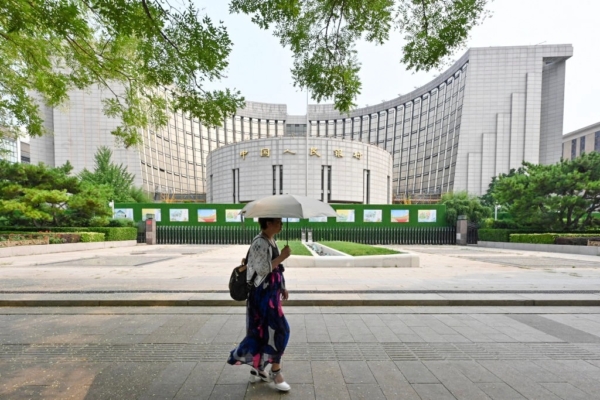Recently, the People’s Bank of China and five other government departments introduced 19 measures to stimulate consumption, aiming to address the sluggish consumer spending. Experts believe that the decline in consumer confidence is due to decreased income, shrinking assets, and overall uncertainty, indicating the need for structural reforms. However, these reforms involve complex issues such as institutional adjustments and redistributions of interests, making it challenging for the new measures to yield significant results.
According to an announcement made on June 24th by the People’s Bank of China’s official website, the six departments, including the National Development and Reform Commission, Ministry of Finance, Ministry of Commerce, China Banking and Insurance Regulatory Commission, and the China Securities Regulatory Commission jointly issued the “Guiding Opinions on Financial Support to Boost and Expand Consumption.” The document outlines 19 measures aimed at promoting consumption from six key aspects: enhancing consumer spending capacity, expanding financial supply in consumption areas, tapping into and releasing residents’ consumption potential, improving the efficiency of consumption supply, optimizing the consumption environment, and providing policy support and guarantees.
The “Guiding Opinions” stressed the importance of political commitment in financial work, advancing the long-term mechanism for expanding consumption, strengthening financial support for export-oriented companies to boost domestic sales, focusing on key consumption sectors to increase financial support, enhancing financial supply during consumption, and developing diversified financing channels such as bonds and equities.
Economic commentator Xiao Yi analyzed that the authorities’ repeated attempts to stimulate consumption have not been sustainable and have failed to reverse the sluggish consumer spending. The simultaneous efforts of the six departments to boost and expand consumption reflect the sense of urgency within the government.
However, Xiao Yi pointed out that the essence of the consumption stimulus policy remains focused on stimulating industries, allowing overcapacity enterprises to expand further. With exports being hindered, these enterprises are forced to solely rely on domestic markets, resulting in phenomena like BYD selling cars at a loss and the emergence of “zero-kilometer second-hand cars.”
He criticized the emphasis on financial supply during consumption as merely promoting borrowing for residents to spend, rather than addressing substantive issues such as supporting job creation and income growth. While the development of corporate bond financing and equity financing aims to help private enterprises expand production and resolve employment issues, private enterprises prefer holding cash or low-risk assets rather than investing in uncertain physical projects.
Xiao Yi further analyzed that the Chinese authorities’ reliance on monetary expansion to stimulate the economy has not been effective. As of the end of May 2025, China’s broad money supply (M2) balance reached 325.78 trillion yuan, surpassing the total of major advanced economies like the United States, Japan, and Europe. Despite the People’s Bank of China’s consecutive interest rate cuts and reductions in reserve requirements, the funds have not effectively flowed into the real economy, which has led to financial system stagnation, indicating that China is trapped in a “liquidity trap.”
To truly boost domestic demand, Xiao Yi emphasized the importance of increasing residents’ income, stabilizing employment, and rebuilding consumer confidence. However, achieving these goals involves sensitive structural reforms that require adjustments to the Chinese communist regime’s system and redistributions of interests, making it unlikely for the new measures to yield tangible results.

